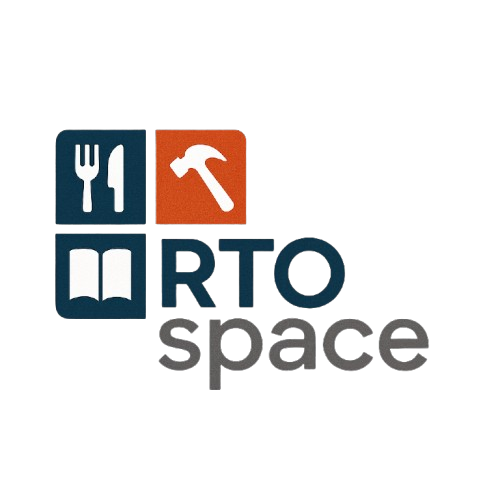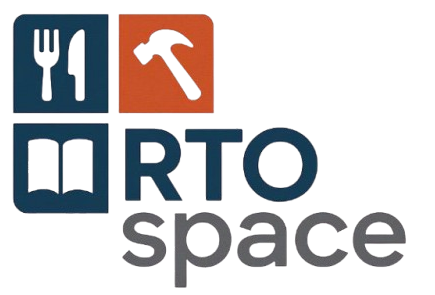Design and Furnish RTO 9b Approved Classrooms
In the world of education, the design and furnishing of classrooms play a pivotal role in facilitating effective learning experiences. When it comes to RTO 9b approved classrooms, the stakes are even higher, as compliance with safety and quality standards is paramount. In this article, we will delve into the essential steps for designing and furnishing RTO 9b approved classrooms that optimize the learning environment and promote educational excellence.
Understanding RTO 9b Compliance
Before embarking on the design and furnishing journey, it’s crucial to grasp the significance of RTO 9b compliance. RTO 9b sets the standards for safety, quality, and effective learning environments in educational spaces. It ensures that classrooms meet the necessary criteria to provide students and educators with secure and conducive places for learning.
Needs Assessment and Planning
- Conduct a thorough needs assessment to determine the specific requirements of your educational program.
- Identify the number of students, teaching methods, and equipment necessary for effective learning.
- Create a comprehensive plan that outlines the goals, objectives, and constraints of the classroom design project.
Classroom Layout and Ergonomics
- Consider various classroom layouts to accommodate different teaching styles, such as lecture-based or collaborative learning.
- Pay attention to the arrangement of desks, chairs, and teaching resources to maximize space and student engagement.
- Invest in ergonomic furniture to ensure student comfort and productivity during long class hours.
Integration of Technology
- Embrace the role of technology in modern education by integrating interactive whiteboards, audio-visual equipment, and digital resources.
- Ensure that technology is seamlessly integrated into the classroom environment, promoting interactive and engaging learning experiences.
- Provide educators with the training and support needed to effectively use technology as a teaching tool.
Lighting, Acoustics, and Ventilation
- Optimize classroom lighting to create a well-lit, comfortable, and energy-efficient environment.
- Address acoustics by minimizing noise and distractions, and consider sound-absorbing materials where necessary.
- Ensure proper ventilation to maintain air quality and comfort, promoting a healthy and productive learning space.
Classroom Resources and Materials
- Select appropriate teaching materials and resources, catering to the needs of the curriculum and teaching methods.
- Organize and store teaching materials efficiently to maintain a clutter-free and organized classroom.
- Keep a variety of learning aids and tools readily available to enhance the teaching and learning process.
Flexibility and Adaptability
- Embrace the concept of flexible classroom design to accommodate diverse teaching methods and adapt to changing educational needs.
- Invest in versatile furniture and modular arrangements that allow for quick and easy adjustments.
- Create an environment that supports collaborative and independent learning activities.
Safety and Compliance
- Prioritize safety measures and compliance with regulations specific to classroom design.
- Develop and communicate emergency procedures, ensuring that fire safety and accessibility standards are met.
- Conduct regular inspections and maintenance to ensure ongoing compliance and safety.
Stakeholder Involvement
- Encourage collaboration among educators, students, and design professionals during the classroom design process.
- Leverage the expertise and input of stakeholders to create an environment that aligns with educational goals.
- Foster a sense of ownership and pride among those who will use the classroom.
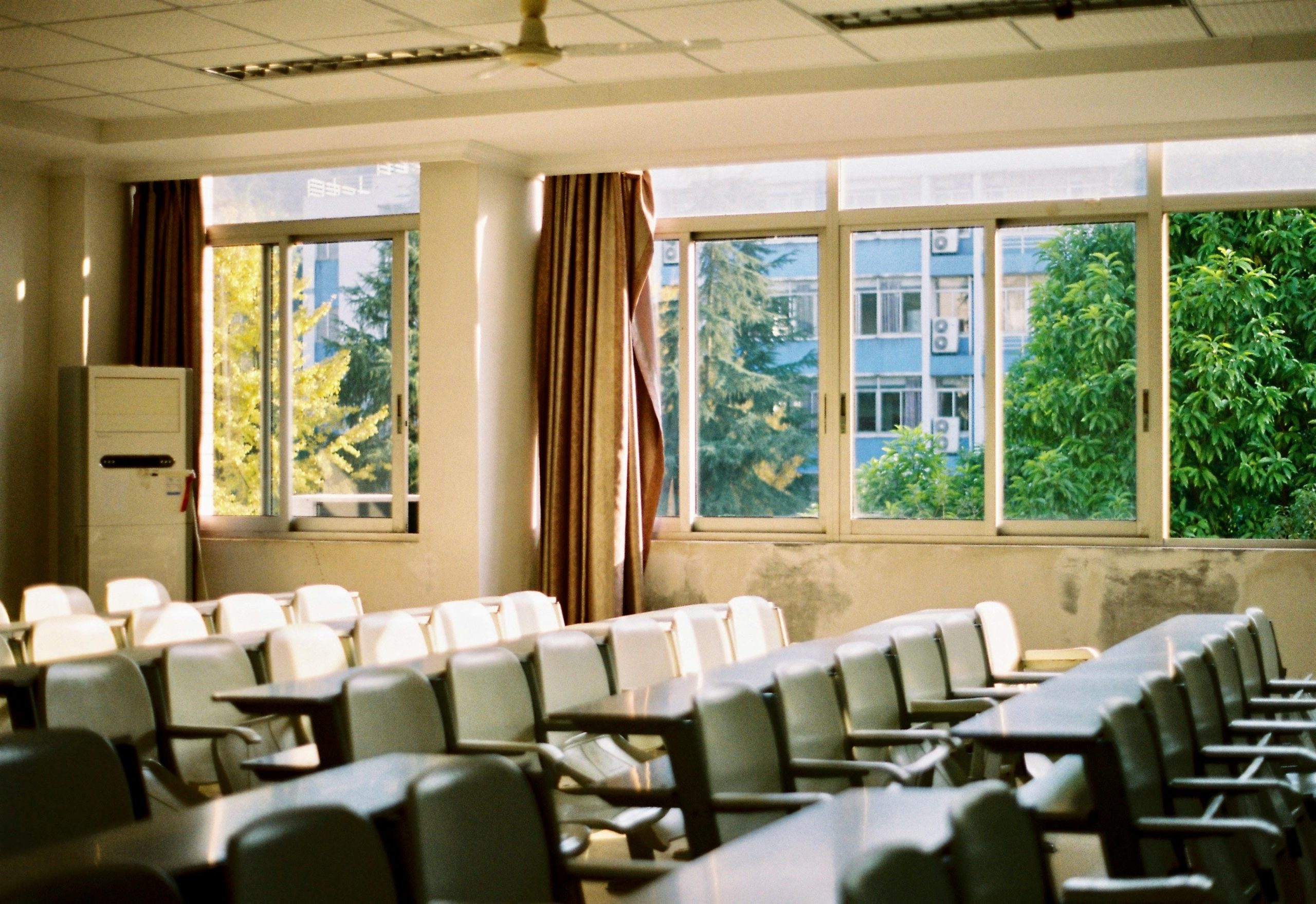
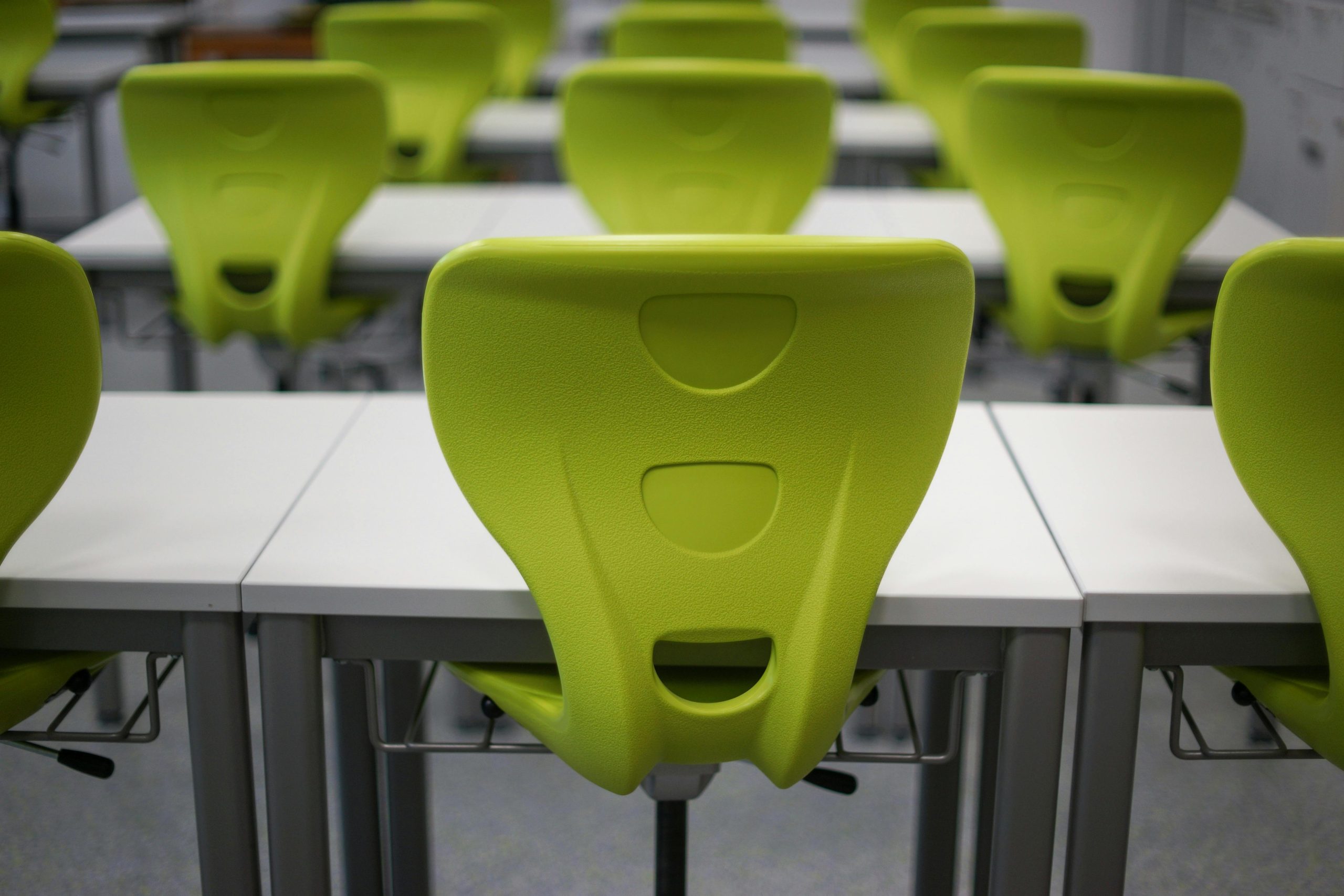

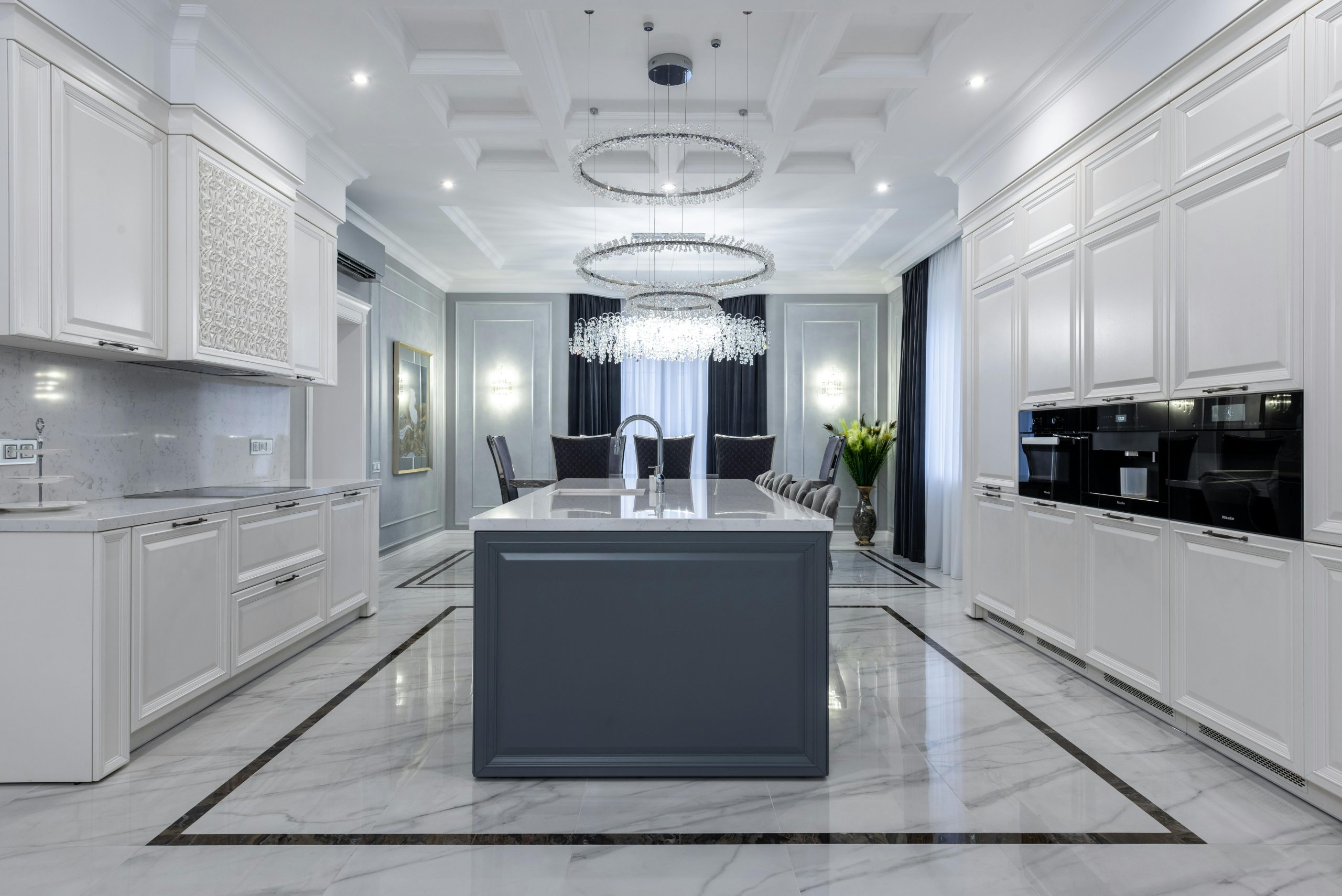
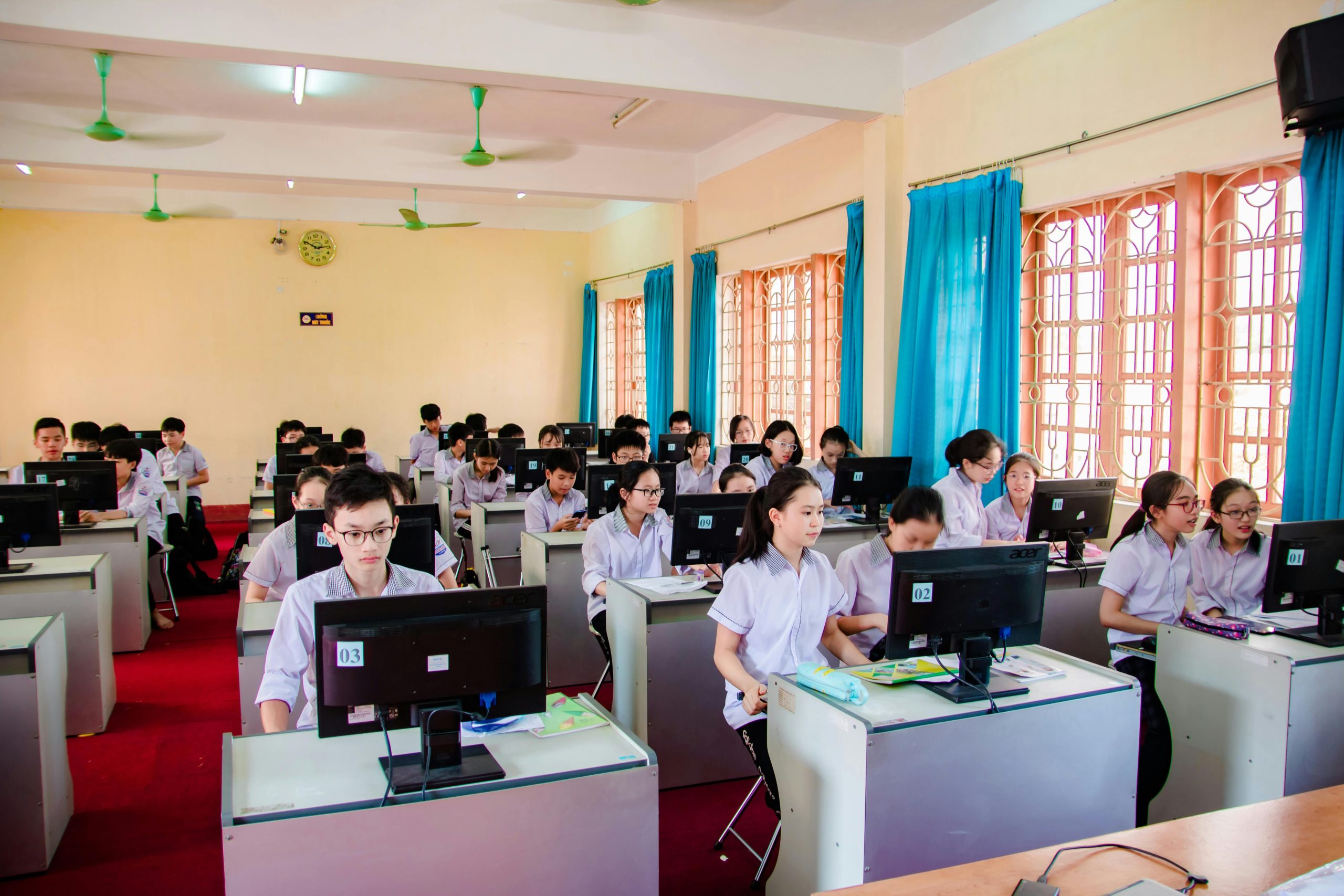
Gel you space managed by one of our Property Managers.
Conclusion
In conclusion, designing and furnishing RTO 9b approved classrooms is a multifaceted endeavor that requires careful planning, attention to detail, and a commitment to creating optimal learning environments. By adhering to RTO 9b compliance standards and implementing the steps outlined in this article, educational institutions can ensure that their classrooms promote effective learning, enhance student engagement, and contribute to educational excellence. Investing in well-designed and furnished classrooms is an investment in the future of education.
